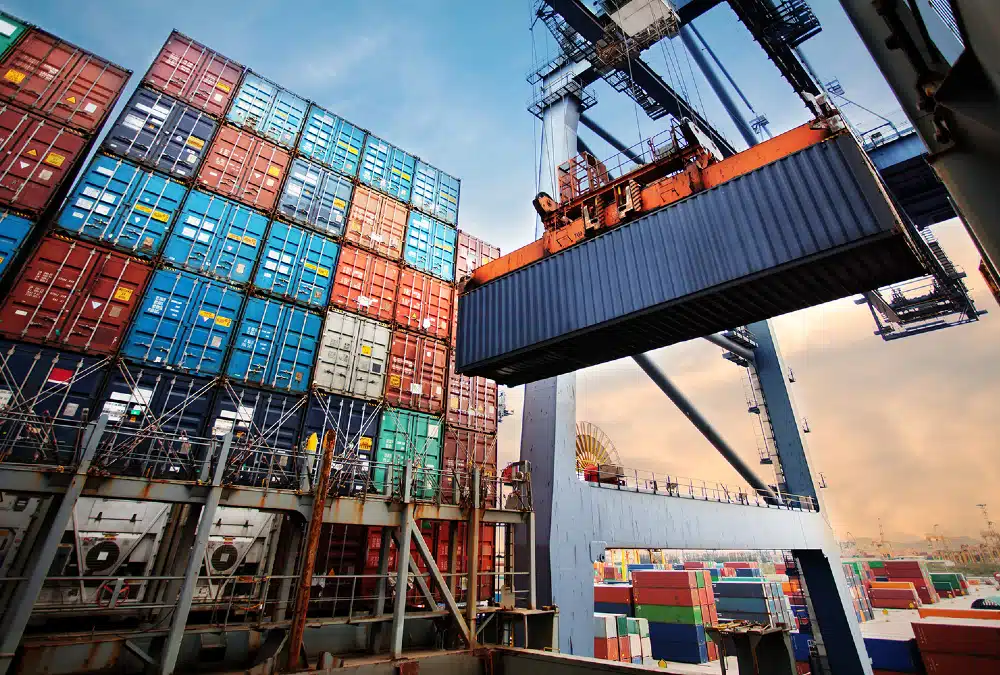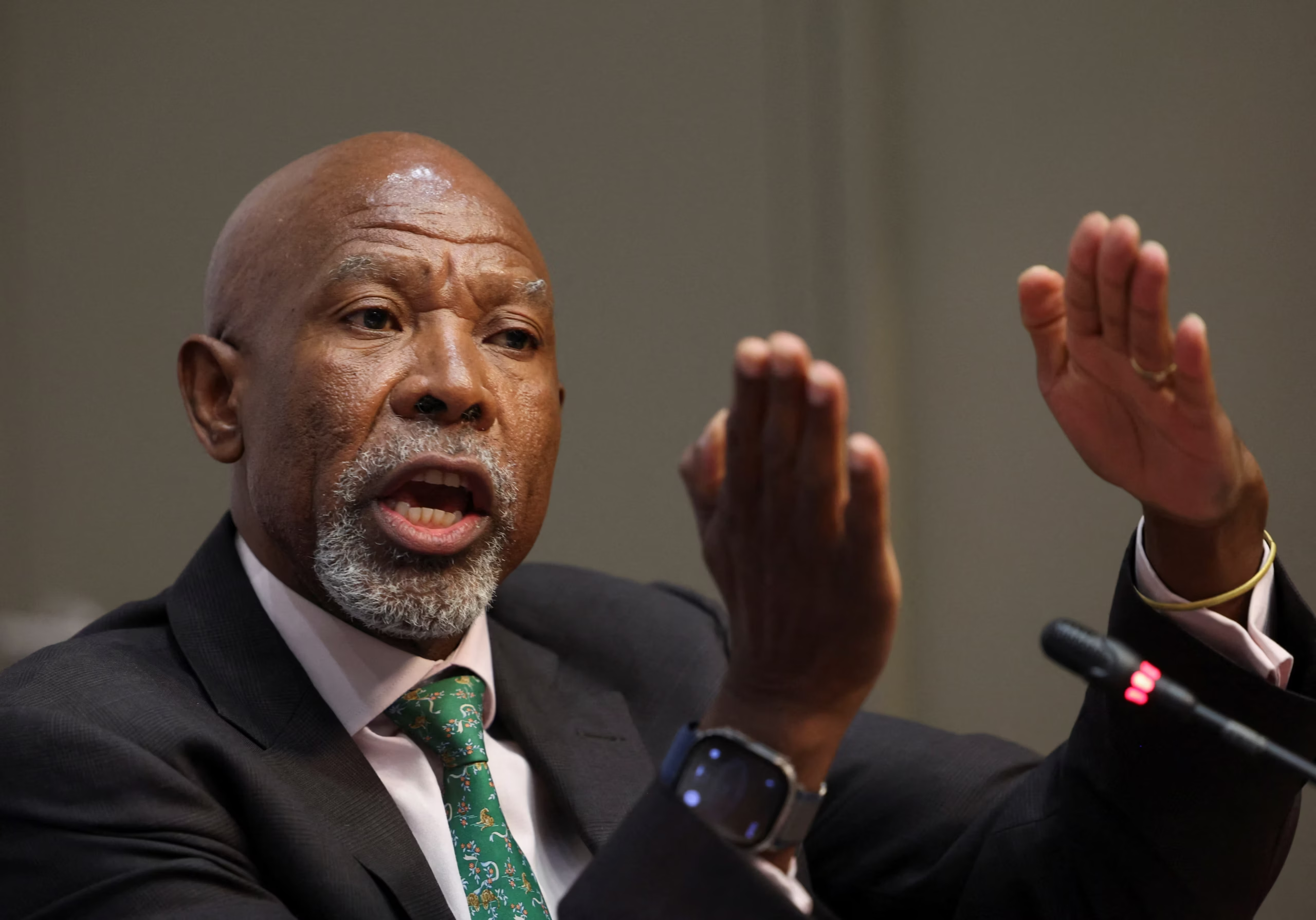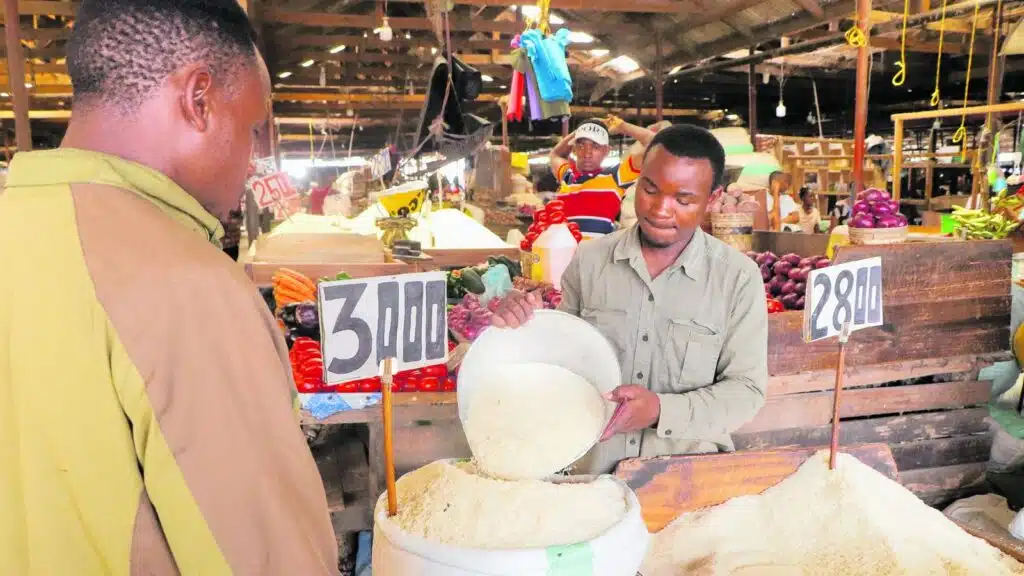Despite enduring one of the highest inflation rates on the continent, Nigeria recorded the largest retail market growth in Africa in 2024, with modern retail sales surging by 30.4% to $13.2 billion, according to new analysis by Finance in Africa, which used data from Euromonitor International.
This growth outpaced South Africa’s 5.6% and Kenya’s 8.4% during the same period, reaffirming Nigeria’s position as a resilient and fast-evolving retail market despite ongoing economic and structural challenges. It also marked an improvement over the 27.7% retail sales growth that Africa’s most populous country recorded in 2023.
Modern retail trade—comprising supermarkets, hypermarkets, and mini-markets—saw marked growth across multiple categories. In absolute terms, however, the London-based market research firm noted that South Africa still led the continent with retail sales valued at $72.6 billion, followed by Nigeria ($13.2 billion) and Kenya ($11.6 billion).
“The expansion of digital payment infrastructure, the arrival of platforms like Temu, and increased consumer willingness to spend—driven by attractive deals—are reshaping the retail landscape in Nigeria,” said Uchenna Uzo, professor of marketing and faculty director at Lagos Business School.
He added that while many retail businesses were forced to raise prices last year due to inflation, the market is now undergoing a correction that reflects broader economic realities. “Retailers are adjusting to price sensitivity and sourcing constraints in innovative ways,” he said.
Last year, the country’s retail sector faced intense pressure from macroeconomic headwinds. The removal of fuel subsidy as part of government reforms caused a spike in petrol prices, further inflating logistics and operational costs.
Before the National Bureau of Statistics rebased its methodology in January 2025, Nigeria’s average inflation rate stood at 33.2% in 2024, up from 24.7% in 2023. According to Euromonitor, steep currency depreciation and persistent electricity supply issues further eroded consumer purchasing power and increased business overheads.
“Nevertheless, retail value sales grew in current terms, supported by the country’s large and growing population, and by the resilience of operators that found innovative ways to adapt,” the report said.
What is driving Nigeria’s retail growth?
Essential categories—particularly food, health, and personal care—remained buoyant despite inflation, helping to anchor the market. Non-grocery retailers also responded by integrating flexible payment options, such as Buy Now, Pay Later, to attract consumers facing liquidity constraints.
With limited appetite for physical store expansion, omnichannel retailing gained traction. Retailers expanded digital presence without the need for large upfront investments, reaching customers through a mix of online platforms, mobile apps, and in-person networks.
Authors of the retail report highlight that to retain loyalty in an increasingly price-sensitive market, major players diversified into local sourcing and launched promotional campaigns and targeted loyalty schemes. “These strategies helped maintain consumer engagement and reduce supply-chain exposure to foreign exchange volatility.”
One standout trend was the rise of discounters, led by the explosive growth of Bokku, which opened over 100 outlets across Nigeria since 2022. Bokku’s lean, no-frills model and focus on affordable private-label goods attracted both cost-conscious consumers and informal retailers seeking competitively priced stock.
However, small neighborhood grocers remained the dominant channel by volume. Their widespread presence, informal credit offerings, and personalised service continued to endear them to lower-income consumers, especially in areas where modern trade is still under-penetrated.
“There’s also been a notable shift toward sourcing locally made products, especially essentials,” Uzo added. “Consumers are increasingly opting for domestic over imported goods, particularly in categories like food and beverages.”
He added that the export of retail goods to neighboring African countries is on the rise, further signaling regional growth and demand.
Tech and fintech as growth enablers
Digital transformation played a critical role in enabling retailers to scale, manage volatility, and improve service delivery. Fintech partnerships allowed even small merchants to digitise payments and streamline supply chains.
Platforms like Sabi and Alerzo provided small grocers with verified supplier access, inventory management tools, and payment capabilities. Pharmacies and beauty retailers adopted digital procurement and billing systems to improve efficiency.
Cashless payment adoption also accelerated, especially in urban areas, driven by platforms like Moniepoint and OPay. Major retailers began investing in customer-facing technology; Justrite Superstore’s mobile self-checkout rollout positioned it as an early innovator in retail tech.
Data analytics and digital tools are increasingly shaping strategy and decision-making, as retailers seek to adapt quickly to consumer demand shifts, supply disruptions, and price fluctuations, according to Euromonitor. “This tech-driven agility is expected to define the next wave of competition.”
South Africa and Kenya: Strong foundations, slower growth
While Nigeria led in percentage growth, South Africa remained Africa’s largest retail economy by value. However, its retail landscape faced considerable strain from high unemployment, a cost-of-living crisis, and a prolonged interest rate hike cycle—capped by the highest borrowing costs in 15 years.
These macroeconomic conditions have squeezed middle-income households and dampened spending on non-essentials. Supply chain disruptions, particularly from Red Sea geopolitical tensions, further complicated the outlook. Still, categories like grocery retail and pharmacy remained relatively stable.
In Kenya, retail momentum benefited from improved infrastructure, growing urbanisation, and regional positioning. Strategic investments in transport—such as the Standard Gauge Railway—have helped establish Kenya as a regional logistics hub and a gateway for international brands targeting East Africa.
Kenya’s retail sales per capita are among the highest in frontier African markets, though it still trails Nigeria in absolute value growth.
Looking ahead
Nigeria’s 2024 retail performance underscores a fundamental truth: large populations, combined with digital innovation and local adaptability, can override even the toughest economic headwinds. While inflation and structural issues remain, retailers are showing resilience by pivoting to low-cost models, embracing fintech, and serving consumers where they are.
As operators expand digital capabilities and deepen local sourcing, Nigeria’s retail sector may well serve as a model for other African frontier markets grappling with similar macroeconomic pressures.











